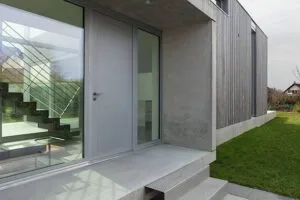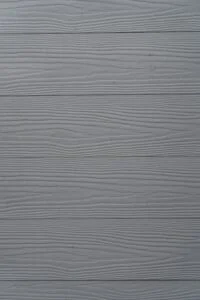Do you dream of a king’s castle or cozy cottage? Maybe your ambition is the perfect family abode or a celebrity-style minimalist designer pad?
Whatever your house ambitions, achieving that dream needs more than money and will. It requires careful planning.
Start that journey here. We’ve put together this simple guide to give you the lowdown on home building, what you need to know and how to get it right.
Follow our guide on how to design a home, and you’ll achieve your dream without the drama.
Consider Your Family’s Needs
Before you start designing your dream home, it’s crucial that you think about how you’ll use the space.
Beautiful interior design images might sway you, but if a room isn’t practical for your family, you won’t experience its full potential.
Stylish kitchens look great, but if you hate cooking, then it’s probably not worth the investment.
Remember to take into account future changes to your family structure.
Are you planning on having children, and do you need a toddler-safe area? Or do you own pets and want somewhere your dog can tread their muddy paws without damaging furnishings?
Perhaps the opposite is true, and you have older teenagers who’ll be leaving the family nest soon, so you might not need all those bedrooms.
Set Your Budget
Spiraling budgets are dangerous, stressful, and sadly common in homebuilding. So before you put your plans on paper, get your budget written down and stress test it for realism and practicality.
If you are taking out a loan, look at loan repayments, interest rates, and whether they are fixed or variable.
Think too about inflation and the timescale of your project. Are prices currently skyrocketing on essential building materials that you’ll need for your home design?
Get Professional Advice
A house-building project isn’t for the faint-hearted. You’ll need the advice of someone who has successfully completed a design project in the past.
It’s worth getting some outside advice early on before you start drawing up plans. They can look at your ideas, provide tips, and even recommend local contractors.
Head here to read about building a house to get more professional suggestions.
Create Floor Plans
Once you determine your square footage, it’s time to draw your floor plans. You must add accurate dimensions when creating your floor plans, even if you start with a basic sketch of what you want your layout to be.
It will help you avoid expensive mistakes later in the project and help communicate your ideas to designers and contractors.
If you have the budget, hire an architect to draw up your plans or review them. They will be able to suggest some minor but practical changes to get the most out of your intended layout.
Invest in Professional Home Design Software
Did you know there are some fantastic tools on the market for home design? Many offer 3D visual design, including walkthroughs, and it’s a great way to get a feel for your plan before you start building.
A big plus point of 3D design software is that you can use it to plan out your furnishings when it comes time to decide on your home interior.
You’ll get a feel for how the furniture fits into your rooms even when the building work is still in progress.
Find Your Preferred Design Style
Before you can master your interiors, think in terms of themes.
Browse interior design inspiration on Pinterest, Instagram, and interior design magazines and start collecting pictures that appeal to your tastes. That step will help you narrow down your design style.
Decide whether you want one theme throughout or a mix of interiors. Think about your architectural design and room layout.
Meditteranean or antique themes might be high on your list, but will they look suitable if you opt for a modern, minimalist architecture style?
Don’t forget to think about the detail in your design. The addition of a supersized art print or light fitting can turn a cold entrance hall into a stunning piece of architecture.
There are three areas of your new home that will need close attention during the design, as a bad design can break an otherwise well-built house. Those three areas are your bathrooms, kitchen, and garden.
Make Your Design Eco-Friendly
An energy-efficient home has two benefits.
First, it’s great for the environment. And with carbon emissions becoming a hot topic, it makes sense to do your bit. You never know what regulations will come into place in the future concerning managing our carbon footprints.
Secondly, an energy-efficient home is cheaper to run.
Adding items like solar panels might have an upfront cost. Still, it will save you thousands over the years, which is hugely beneficial in the current economic climate as energy prices continue to rise.
Write a Project Plan
Most homeowners are naturally optimistic about their house projects. Unfortunately, things rarely go perfectly.
You can prevent significant disasters by creating a project plan ahead of your build. It will help you track whether your build is on schedule, and you’ll spot creeping budgets early.
It will also help you spot any critical dependencies in your plan. After all, you don’t want to build the house foundations and have to wait weeks or months before the rest of the work begins.
Always plan for contingencies. Think about what might go wrong and what workarounds you have. Set aside a contingency budget that you’ll be able to dip into should you face a problem.
Get Quotes and Interview Contractors
When designing a home, shop around for experienced contractors and wait for multiple quotes before making your final decision.
A personal recommendation is valuable, so put the word out with friends and connections. Explain that you are looking for professional design and build teams for your house project.
How to Design a Home: Next Steps
Now that you know how to design a home, your next steps are planning. Bookmark this guide and set aside some time this weekend to get your ideas down on paper.
Did you enjoy this article? Head to our home and real estate section before you log off to get more recommendations to help with your home build.









